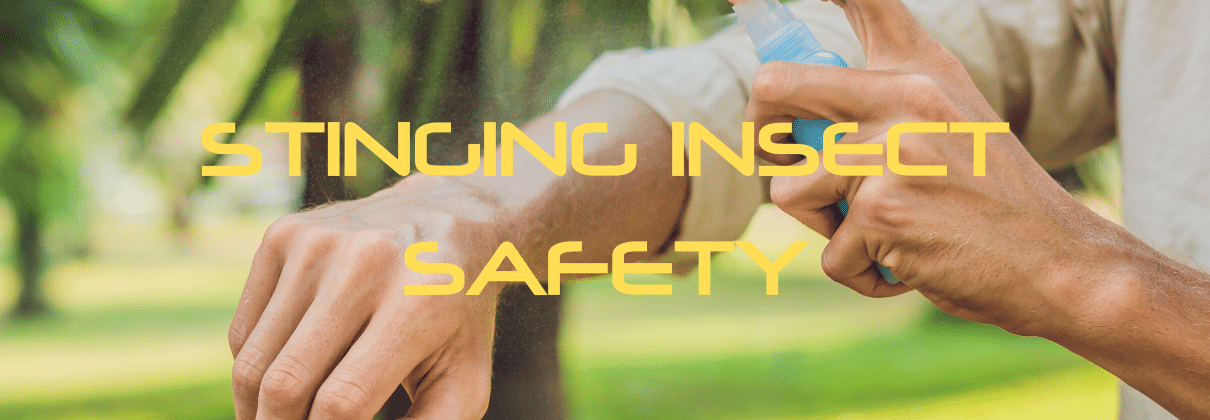
Just Catamarans Presents: Toolbox Talk
STINGING INSECT SAFETY
Deaths caused by bees and other stinging insects are rare but getting stung is not. Anyone who works outside is at increased risk, including our members in the marine business.
Where will you find these insects?
While each species may have a favorite type of nesting spot, in general, nesting places can be anywhere and include:
- Inside hollow trees, or in walls, attic, etc. (the entrance is usually a very small hole). Nests that hang from branches or overhangs such as eaves of a building
- In rubber tires, crates, boxes, abandoned vehicles, Under shrubs, logs, piles of rocks and other protected sites.
What are the Health Hazards?
Most people experience local minor effects like pain, swelling, itching, and redness around the sting site.
In rare cases, a severe allergic reaction can occur. This situation is serious and can cause anaphylactic shock within minutes or up to 30 minutes later. Symptoms to watch for include:
- Hives, itching and swelling in areas other than the sting site.
- Swollen eyes and eyelids Tightness in the chest, swelling of the tongue and difficulty breathing.
- Dizziness or sharp drop in blood pressure.
- Shock, Unconsciousness or cardiac arrest.
What Precautions can you take?
The best way to prevent stings is to avoid the insects. Leave the area, if possible. If there is a travelling swarm, they will likely leave within a few days.]
Note that insect repellent (“bug spray”) does not affect these stinging insects.
Before working at a site:
- Wear long sleeve shirts
- Long pants
- Closed-toed boots or shoes.
You may also wish to wear an extra layer of clothing since wasp stings are long enough to reach through one layer of clothing



